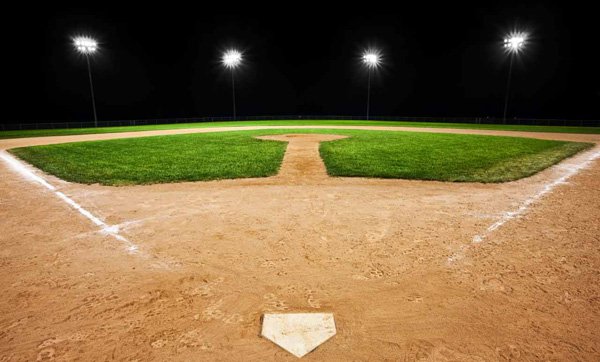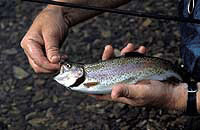Penalty for an illegal pitcher used
Question
QUESTION: Is their a Penalty for using a Pitcher in a game that was not eligible to pitch?
Example: The league in question does not use the pitch count for pitcher, but rather the 72 Hrs rest if a pitcher pitched 6 complete innings. A pitcher pitched 3 innings on Wednesday so was eligible to pitch another 3 innings on Friday. However, it was overlooked by the manager and the pitcher started to pitch it's 4th inning. The manager from the opposing team appealed that the pitcher was thus illegal and not eligible to continue to pitch. What would be the correct rulings and penalty if any?
ANSWER: Edwin: Thank you for your question.
Based on your description of the league rule, when it was appealed, the umpire should have ruled he could no longer pitch, and that team would have to replace him with another pitcher.
In all instances that I am familiar with, the pitcher being removed would be able to stay in the game at another position.
From a safety standpoint for pitchers, I would be concerned with a pitcher eligibility regulation which does not contain a pitch count limit, using just innings pitched as the measuring device.
It is not the number of innings pitched that creates arm problems, it is the number of pitches thrown, as well as the frequency. The pitcher in your situation could have legally thrown any number of pitches on Wednesday over those 3 innings, then was eligible to come back on two days rest and throw 3 additional innings, with no pitch count limitations.
Based on your description of 6 innings, these are young players. With no pitch counts as guides and being able to pitch in consecutive games, there is opportunity for overuse built in.
As an example, the Little League Rulebook provides two options for pitchers under age 16, which uses pitch count numbers in a day, as well as calendar days of rest, the number of days determined by the number of pitches thrown. If the number of pitches thrown is at or below the designated number, the pitcher is able to throw consecutive games, if over that number they cannot.
A cushion built in to help alleviate overuse.
Yours in baseball,
rick
---------- FOLLOW-UP ----------
QUESTION: If the ineligible pitcher in question started to pitch to a batter. Once appealed, is he/she just removed from pitching with no penalty to the team or does the team lose the game for using the ineligible pitcher?
Answer
Edwin: Thank you for your question.
I looked at the Federation Rule Book, which is high schools and the Little League also. Neither gave any consequences in the book.
I'm not an umpire and am looking at this situation as a coach. If he started pitching to the first batter of the 4th inning and it was appealed, I would think he is removed, replaced, and the new pitcher inherits the current count on the batter.
Similar to what occurs when you have a batter bat out of turn. If appealed in that at bat, he is removed, the correct batter is inserted and the count already established stands. Everything moves forward from there.
There is a lot of print given to pitchers and pitch counts in the Little League rule book; but there appears to be no information on what penalties, if any, occur.
In my mind, as a coach, I don't believe it should cost the team the game, as he hadn't finished one batter at that point. Could have been an honest mistake on the coaches part, maybe not; but just a few pitches would have been thrown and player safety not really affected.
Each local league should have a rule, as well as clearly spelled out explanation of what the penalties are for all infractions. The league you are referring to has set this pitching restriction up for their local league. They should have it all covered, somewhere in their established rules.
Good luck as you go forward.
Yours in baseball,
Rick
thrown bat injuring a catcher
Playing time


